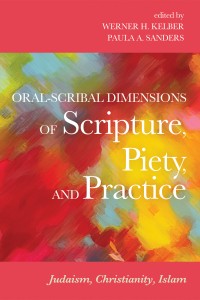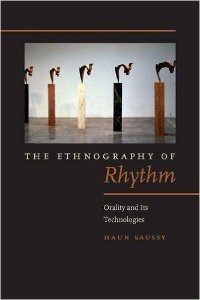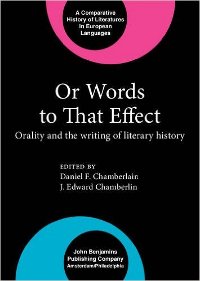About the book
In April 2008 a conference was convened at Rice University that brought together experts in the three monotheistic religions of Judaism, Christianity, and Islam. The papers discussed at the conference are presented here, revised and updated. The thirteen contributions comprise the keynote address by John Miles Foley; three essays on Judaism and the Hebrew Bible; three on the New Testament; three on the Qur’an; and two summarizing pieces, by the Africanist Ruth Finnegan and the Islamicist William Graham respectively.
The central thesis of the book states that sacred Scripture was experienced by the three faiths less as a text contained between two covers and a literary genre, and far more as an oral phenomenon. In developing the performative, recitative aspects of the three religions, the authors directly or by implication challenge their distinctly textual identities. Instead of viewing the three faiths as quintessential religions of the book, these writers argue that the religions have been and continue to be appropriated not only as written but also very much as oral authorities, with the two media interpenetrating and mutually influencing each other in myriad ways.
Edited by Werner H Kelber, Paula A. Sanders.



